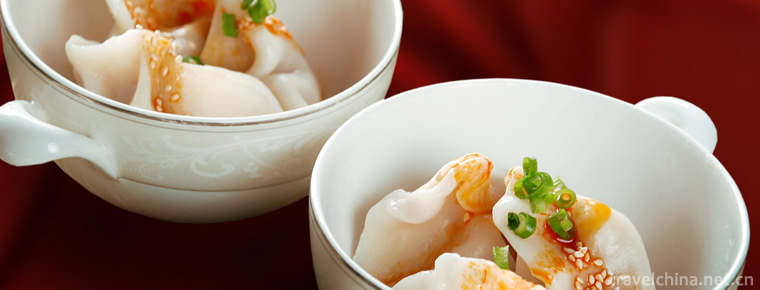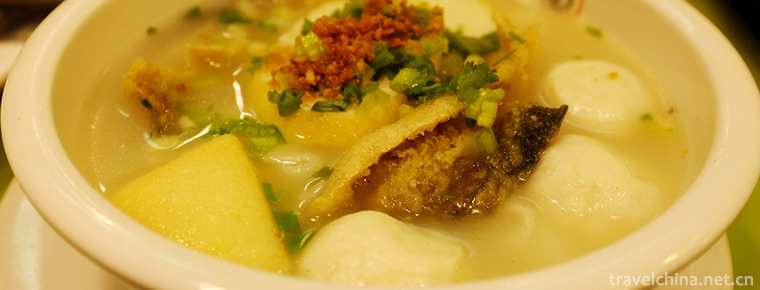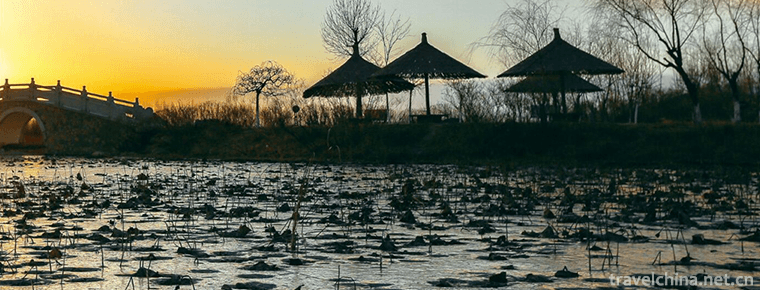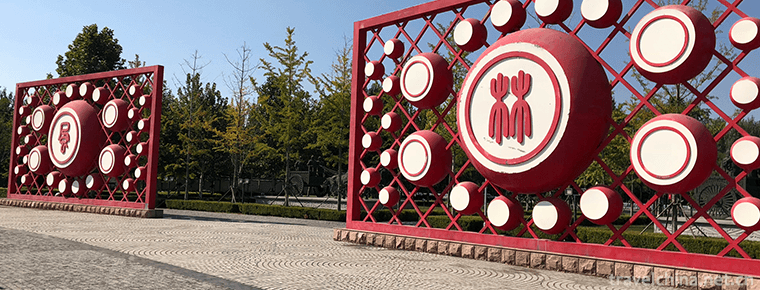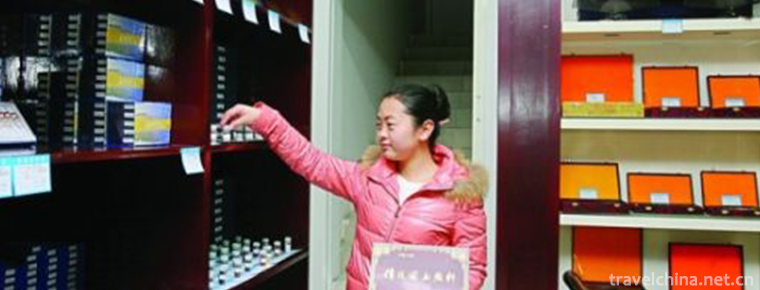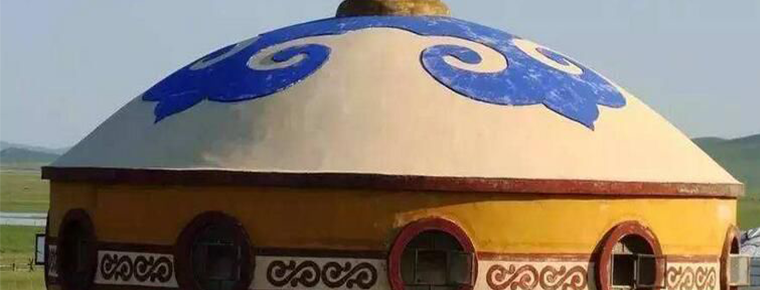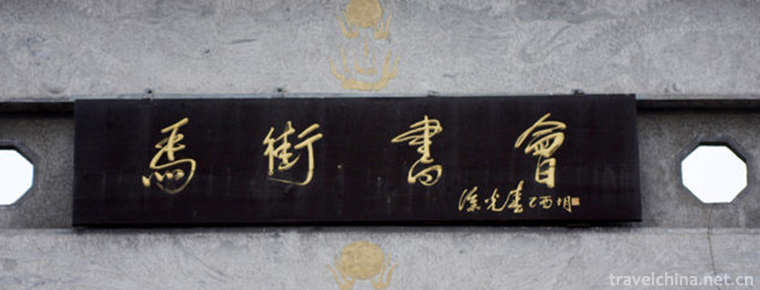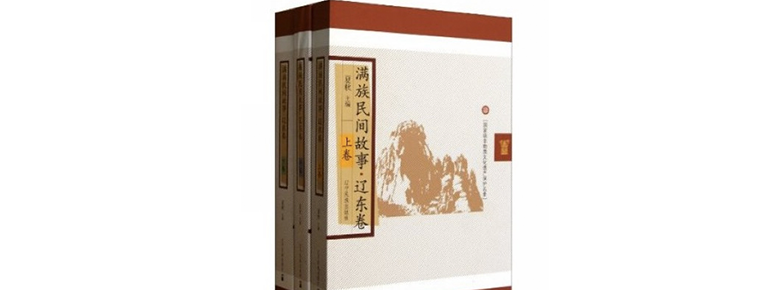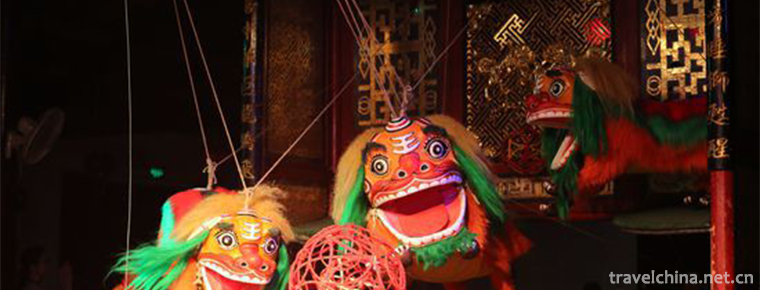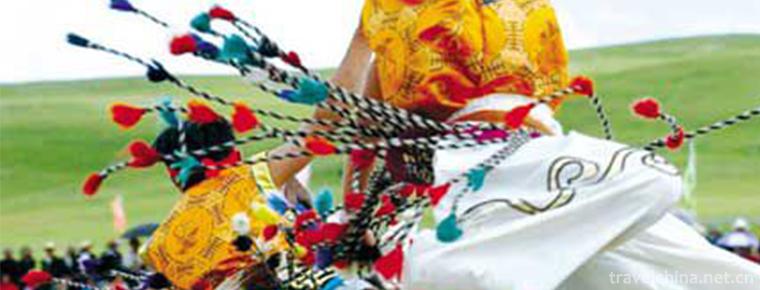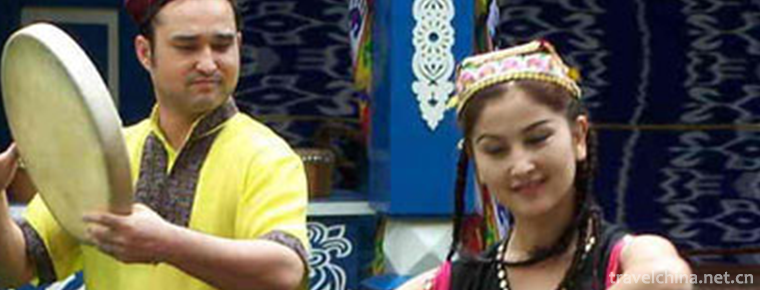Natural resources of Mianyang
Natural resources of Mianyang
water resource
In 2014, the annual precipitation of Mianyang City was 19.845 billion cubic meters, the surface water resources was 11.893 billion cubic meters, the total annual water resources was 11.882 billion cubic meters, and the annual average water resources per capita was 2196 cubic meters. The water quality of 478 km long main rivers in the city is: 435 km of class II water area, accounting for 91% of the evaluated river length, and 43 km of class IV water area, accounting for 9% of the evaluated river length.
land resource
In 2014, the agricultural land in Mianyang City was 1797661.4 hectares, including 401625.83 hectares of cultivated land, 52261.51 hectares of garden land, 1135319.61 hectares of forest land, 47010 hectares of pasture land and 161444.41 hectares of other agricultural land; 121125.49 hectares of construction land, including 103466.29 hectares of residential industrial and mining land, 9371 hectares of transportation land, 8287.77 hectares of water conservancy facilities land, and 10759.13 hectares of unused land Among them, 72761.63 hectares of unused land and 35197.5 hectares of other land are used.
plant resources
In 2014, according to the survey and statistics, the known lower plants in Mianyang included fungi and lichen plants, including 13 orders, 60 families, 149 genera and 497 species of Ascomycetes, and the higher plants included 9 classes, 66 orders, 260 families, 1366 genera and 3972 species in 4 phyla of Bryophyta, Pteridophyta, gymnospermae and Angiospermae. According to the list of national key protected wild plants (the first batch) approved by the State Council on August 4, 1999. There are 12 species of national first-class key protected wild plants, such as Davidia involucrata and Taxus chinensis. There are 38 species of wild plants, such as water fern and Chinese fern.
Animal resources
In 2014, according to the survey and statistics, there are 791 species of vertebrates, 32 orders, 109 families and 1257 species of invertebrates, 6 classes, 33 orders, 241 families and 1257 species of invertebrates. Among them, there are 18 species of wildlife under national first-class key protection. There are 60 species of wild animals under the state's second-class key protection, such as the little panda. Mianyang is an important ecological barrier area in the upper reaches of the Yangtze River, a key area for biodiversity protection and one of the main habitats for wild giant pandas. The conservation and management of giant pandas and their habitats play an important role in Sichuan. Pingwu County is the county with the largest distribution of giant pandas, accounting for 1 / 5 of the country's wild giant pandas. The provincial key protected wild animals include red fox, leopard cat, hairy crested deer, Coleoptera striatellus, common cormorant, egret, Chinese forest frog, etc.
mineral resources
As of 2014, 56 minerals including iron ore, manganese ore, lead-zinc ore, tungsten ore, gold ore, silver ore, phosphate ore, sulfur ore, crystal, calcite, limestone, dolomite, bentonite, quartz sandstone for glass and natural gas have been found in Mianyang City, with more than 400 mineral sites, including 73 ferrous metals, 25 non-ferrous metals, 70 precious metals and more than 200 non-metallic minerals. There are 26 mineral types with proven reserves, including 74 industrial deposits. By the end of the year, 32 minerals were developed and utilized in the city.
The mineral reserves of Mianyang City occupy an important position in Sichuan Province: manganese mine in Pingwu County, bentonite in Santai County and Yanting County, sand for casting mold and shale for cement batching in Jiangyou City rank first in the province; quartz sandstone for glass, dolomite for metallurgy and natural gas in Jiangyou City rank the third in Sichuan Province; according to the distribution of counties and cities, the mineral resources in Pingwu County are metal ores It is mainly produced in gold, iron, manganese and lead-zinc mines; other counties and urban areas are dominated by non-metallic minerals, such as limestone and pyrite in Jiangyou City, limestone and phosphorite in Anxian County, limestone, silica and slate for facing in Beichuan Qiang Autonomous County, bentonite in Santai County and Yanting County, shale and sandstone for brick and tile in Fucheng and Youxian. Natural gas is widely distributed in Mianyang City, with the exception of Pingwu County, Beichuan Qiang Autonomous County and Anxian county.

-
Fish egg powder
Fish egg powder was originally a food in Chaozhou. It began to spread to Guangzhou in the Guangxu period. Today, the operation of Chaozhou.
Views: 219 Time 2018-11-14 -
Mingcui Lake National Wetland Park
Yinchuan Mingcuihu National Wetland Park is located in Zhangzheng Town, Xingqing District, Yinchuan City, Ningxia. It is 9 kilometers away from Yinchuan City and 3 kilometers .
Views: 170 Time 2019-02-07 -
Sun Tzu Cultural Park
Sun Tzu Cultural Park is located in the East New Area of Guangrao County. It has been listed in the "four batches" key dispatching and promotion projects of the Yellow River Delta High Effic.
Views: 256 Time 2019-02-13 -
Production Techniques of Chinese Painting Pigments
Jiang Sixutang's skill in making Chinese painting pigments is one of the intangible cultural heritages. The manufactured products of Jiang Sixutang Chinese Painting .
Views: 140 Time 2019-05-02 -
Construction Skills of Felt House of Kazakh Nationality
Kazakh mattress building skills, Xinjiang Uygur Autonomous Region Tacheng area local traditional skills, one of the national intangible cultural heritage..
Views: 459 Time 2019-05-02 -
Lv Jiahe Folk Song
Lvjiahe Folk Song is a kind of folk song which is popular in Lvjiahe Village, Guanshan Town, Danjiangkou City, Hubei Province. Located in Wudang Mountain Scenic Area, the village retains a large numbe.
Views: 198 Time 2019-05-15 -
Ma Street book fair
The Majie Book Club is a grand Chinese folk music festival. Located 5 kilometers south of Baofeng County, Henan Province, it is a "pilgrimage site" for rap artists all over the country. Ever.
Views: 157 Time 2019-05-15 -
Manchu Folk Stories
Liaoning is a region where Manchu people have formed, risen and grown up. It contains extensive and profound Manchu cultural relics and connotations. Manchu folktales originated from the Manchu people.
Views: 110 Time 2019-05-18 -
Ningde Huo Boy Line Lion
Ningde Huo children's lion is a traditional folk culture, which controls the lion's movement and expression through silk thread. Line lion is mainly pulled by head rope, tail rope and parotid rope, so.
Views: 73 Time 2019-06-08 -
Reba Dance
Reba dance is a form of dance performed by Tibetan "Reba" artists. Reba is a group of street artists who make a living selling arts (usually composed of family as the basic unit) performing,.
Views: 174 Time 2019-06-11 -
Uygur Costume
Uygur costumes - more patterns, very beautiful, full of characteristics. Uygur men - pay attention to black and white effect, so bold and unrestrained. Uygur women prefer to use contrasting colors to .
Views: 109 Time 2019-06-26
